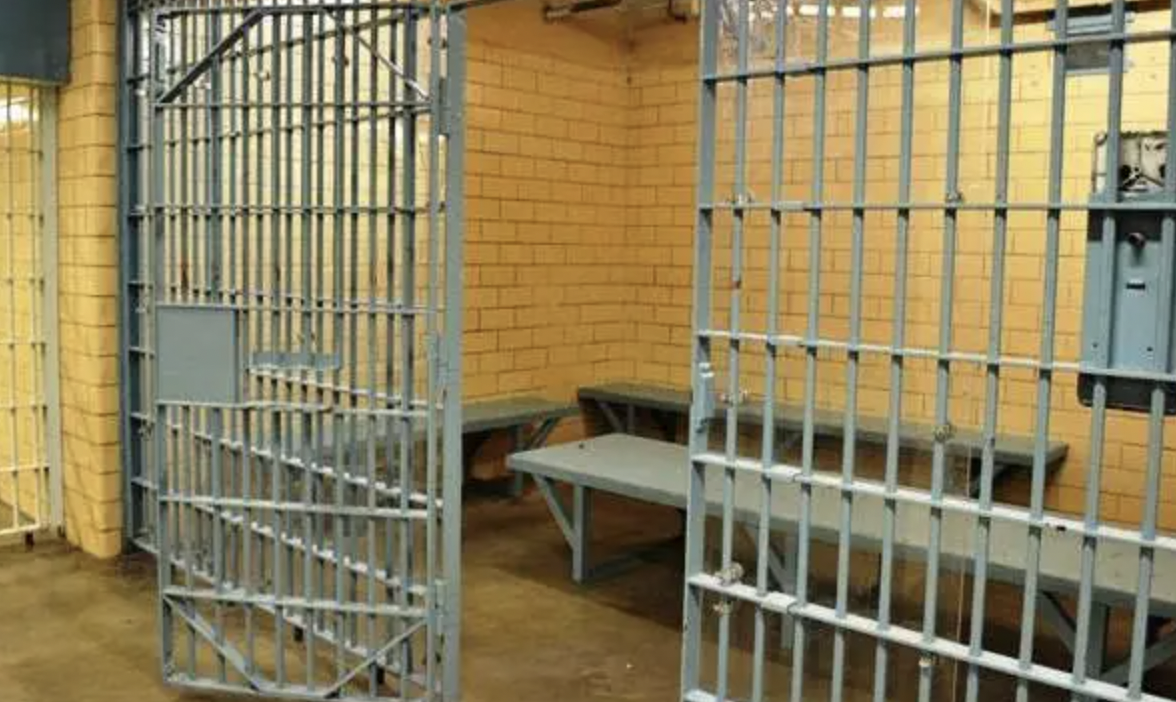 UNITE INDY is an effort of the heart, but, by necessity, it is also an effort of the head. Statistics play an important role in understanding what we are doing and how we can impact the need. If we want to ask God to "move a mountain," we have to know everything about the mountain.
UNITE INDY is an effort of the heart, but, by necessity, it is also an effort of the head. Statistics play an important role in understanding what we are doing and how we can impact the need. If we want to ask God to "move a mountain," we have to know everything about the mountain.
We've been involved with a study that proved that those who have served long-term sentences make good employees—even great employees. But the cultural change necessary to move successfully from a prison/jail culture to an employment opportunity isn't easy to make. That's why training needs to be done during the months before release from incarceration. With a better understanding of how a workplace environment operates, reentrants have much greater chance of success.
But, timing is everything. We know that finding a good job for reentrants very soon after they are released from incarceration can drop recidivism rates by 90 percent. You read that right: 90 percent.* UNITE INDY mentors work with inmates through training and release, then our SecondChanceIndy.com website is there to locate good paying jobs quickly. This combination gives reentrants the very best chance there is to nip recidivism in the bud.
In Marion County we have a 46 percent prison recidivism rate.** Almost half of those released from incarceration return to prison within three years. The most recent information available, in 2019, state that Indiana jails and prisons held 43,470*** inmates at a cost of roughly $19,500 each per year. The incarceration bill for Indiana taxpayers that year was $849,595,500. It doesn't take much of an imagination to figure that incarceration costs for 2022 will be well over $1 billion.
So, even if we don't consider the positive aspects of changing lives, rebuilding families, and reducing poverty in some neighborhoods. Even if we are unconcerned about the children of inmates who suffer from reduced educational opportunities, mental health issues, or their access to health care and proper nutrition, Indiana taxpayers can save an enormous amount of money by reducing recidivism.
Back to the question: What if a jail cell were not his home? What if home was a house or apartment where his family lives? What if he could have a job that pays well, provides opportunity, and the feelings of accomplishment, responsibility, and self-respect that we all need? What if—instead of coming out of incarceration and being a drag on family finances— he improved the welfare of the household?
This is what we do at UNITE INDY. We do for reentrants what we would want for ourselves: Guidance, training, help to get settled, and a good job. As we work to help inmates and their families in Central Indiana area, we keep this thought in mind. What if home was not a jail cell?
Nancy
* Manhattan Institute Public-Interest Research
**IDOC 2020 Recidivism Report
***SentencingProject.org Statistics








